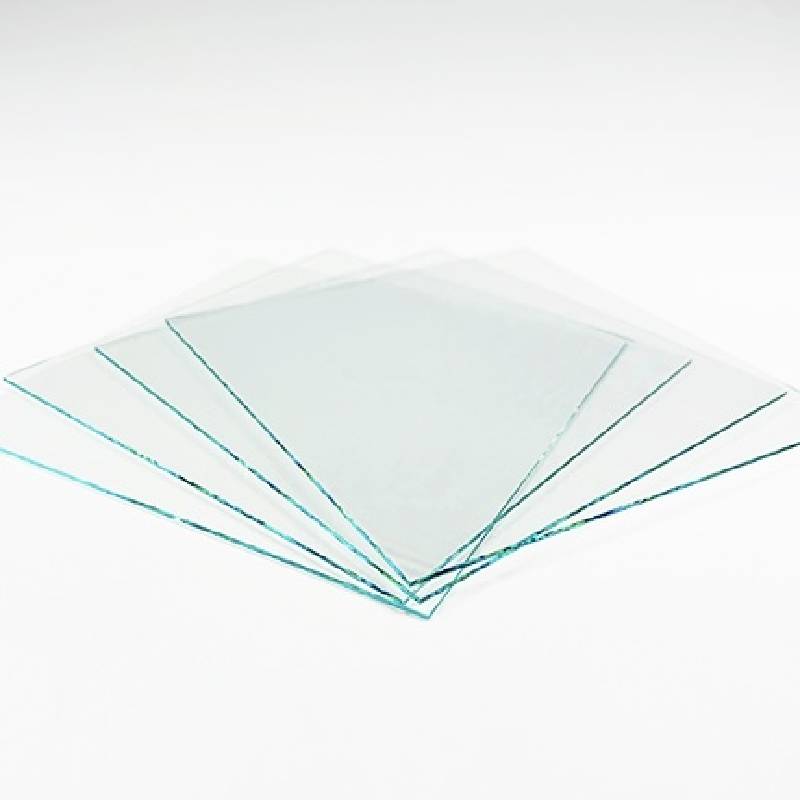

The Fascinating World of One-Way Mirror Glass
One-way mirror glass, often referred to as reflective glass or semi-transparent mirror, is a unique material that plays a crucial role in various fields, including architecture, security, and psychology. Its dual functionality allows it to serve as both a mirror and a window, creating a captivating illusion that intrigues many. In this article, we will explore the properties, applications, and the fascinating science behind one-way mirror glass.
Properties of One-Way Mirror Glass
One-way mirror glass is typically made of standard glass that has been coated with a thin layer of metal, usually silver or aluminum. This coating allows only a certain percentage of light to pass through while reflecting the rest. The key to its functionality lies in the lighting conditions on either side of the glass. When one side is brightly lit while the other remains darker, the reflective side appears like a mirror, and the darker side appears transparent. This phenomenon is due to the difference in light intensity, creating a balance that allows observation from the darker side without being seen.
Applications of One-Way Mirror Glass
Security and Surveillance
One of the most well-known applications of one-way mirror glass is in security and surveillance. It is commonly used in police interrogation rooms, observation studios, and psychological studies. The one-way mirror allows law enforcement and psychologists to observe individuals without them being aware of it, ensuring that the subjects behave naturally. This unobtrusive observation capability is vital for acquiring authentic behavior and responses, making it invaluable in criminal investigations and psychological research.
Architecture and Interior Design
Beyond its role in security, one-way mirror glass has found significant applications in architecture. Contemporary buildings often incorporate large panels of one-way mirror glass, creating striking visual effects while maintaining privacy. For instance, office buildings utilize it to reflect the surrounding landscape while allowing natural light to enter. The material also enhances the aesthetic appeal of the structure, creating a modern look that blurs the boundary between indoors and outdoors.

In residential designs, one-way mirror glass can be used in bathrooms or homes that require privacy without sacrificing light. It allows homeowners to enjoy their surroundings while preventing outsiders from looking in, striking a balance between comfort and security.
Art and Psychology
Artists have also embraced one-way mirror glass in contemporary art installations. The reflective properties of the material can create immersive environments, prompting viewers to reflect on their own image and relationship with the world around them. These installations often challenge perceptions, pushing the boundaries of how people interact with art.
In psychology, one-way mirror glass provides extensive research opportunities. Studies on social behavior, perception, and identity often utilize these mirrors to create controlled environments for observation. Researchers can delve deeper into group dynamics, non-verbal communication, and individual behaviors without the influence of an observing eye.
The Science Behind the Illusion
The behavior of one-way mirror glass can be understood through the principles of light and optics. When light hits the surface of the glass, it can either be reflected or transmitted. The metal coating on the glass adjusts the balance between these two behaviors. When the light difference between the two sides is significant, the transmitted light becomes less noticeable, allowing for a pristine mirror effect on the brighter side.
However, this illusion can only be sustained under specific lighting conditions. If the light levels equalize, the reflective quality diminishes, and both sides become visible. Hence, maintaining the desired effect requires careful consideration of the light source placement and intensity.
Conclusion
One-way mirror glass is more than just a fascinating optical illusion; it is a versatile material that serves crucial functions across various industries. From enhancing architectural design to aiding in psychological studies, its unique properties continue to capture imaginations and provide innovative solutions. As technology advances and our understanding of light evolves, the applications and beauty of one-way mirror glass will likely expand, solidifying its place in both practical and artistic realms. Whether in the realm of security, art, or architecture, one-way mirror glass remains a powerful tool that merges science with creativity, reflecting the world in unique and profound ways.